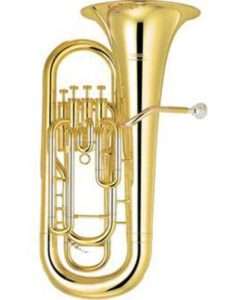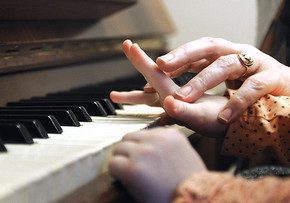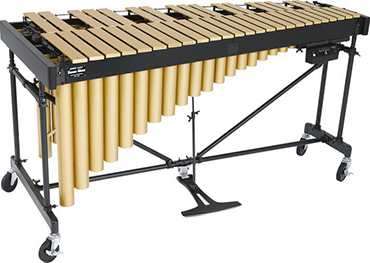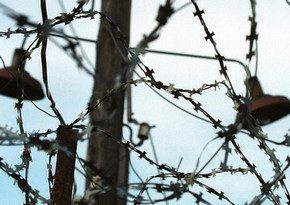
The diagnosis is not-Mozart… Should a teacher worry? A note about teaching children to play the piano
 A new student has arrived in your class. He successfully passed the first milestone – the entrance exam. Now it’s your turn to meet this little guy. What is he like? Talented, “average” or completely incapable? What kind of lottery ticket did you get?
A new student has arrived in your class. He successfully passed the first milestone – the entrance exam. Now it’s your turn to meet this little guy. What is he like? Talented, “average” or completely incapable? What kind of lottery ticket did you get?
Teaching children to play the piano is a difficult and responsible process, especially in the initial period. An analysis of the child’s natural potential will help to correctly plan future work, taking into account strengths and weaknesses.
The selection committee has already assessed him according to the “hearing-rhythm-memory” scheme. But what if these points are so-so? Will this mean that your pedagogical efforts in learning to play the piano are futile? Fortunately, no!
We are not afraid of the bear
In the sense of the one that stepped on the ear.
- Firstly, if a child is unable to intone a melody cleanly, this is not a sentence of “No hearing!” It simply means that there is no connection between the inner hearing and the voice.
- Secondly, a piano is not a violin, where auditory control is a necessary condition for high-quality performance. Dirty singing intonation does not interfere with the pianist’s playing, because he has been given a miracle instrument with a ready-made tuning.
- Thirdly, hearing can be developed, even to absolute. Immersion in the world of sounds – selection by ear, singing in a school choir, solfeggio lessons, and even more so classes using special methods, for example D. Ogorodnov – greatly contributes to this.
It’s fun to walk together…
A loose metrorhythmic sense is a little more difficult to correct. The call to “hear the downbeat”, “feel that the eighth notes need to be played faster” will be an abstraction for the child. Let the student find meter and rhythm in himself, in his movements.
Walk. Go with the music. The uniformity of steps creates metric order. Measuring musical time through walking is the basis of N. Berger’s “Rhythm First,” which can be recommended to those who are faced with rhythmic difficulties.
Pianistic palmistry
When teaching children to play the piano, the physiological structure of the pianistic apparatus plays an important role. Carefully examine your baby’s hands, assessing how much he will develop technically. The idea that only those with long and thin fingers will become virtuosos is a myth. On the contrary, length, especially in combination with muscle weakness and sagging phalanges, is more likely to hinder fluency. But the short-toed, strong “stockies” flutter quite confidently in scales.
Objective defects that cannot be changed:
- small (less than an octave) hand;
- massive, stiff thumb.
Other deficiencies are corrected by gymnastics according to the system of J. Gat or A. Schmidt-Shklovskaya.
Can I, do I want…
Having assessed hearing, rhythm, hands, the teacher proclaims: “Fit for classes.” But do you agree with them?
One student, like Masha from the cartoon, joyfully exclaims: “And how did I live without a piano? How could I live without music?” Another was brought to school by ambitious parents dreaming of the triumph of a talented child. But in class the child nods obediently, is silent and seems to be bored. Think: which of them will develop faster? Often, lack of talent is compensated by interest and hard work, and talent fades without being revealed due to laziness and passivity.
Your first year together will fly by unnoticed, because the initial teaching of children to play the piano takes place in an entertaining way. The realization that execution is work will come a little later. In the meantime, develop, captivate, and make your “average child” fall in love with Music. And then his path will be joyful, without stress, tears and disappointments.




